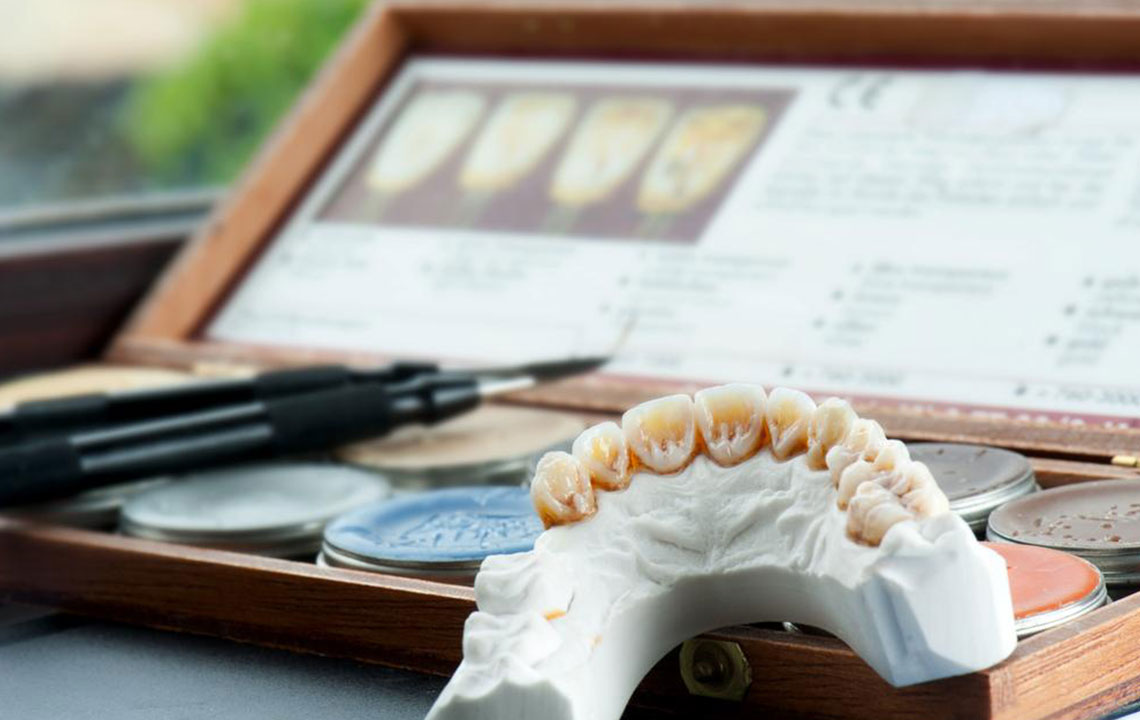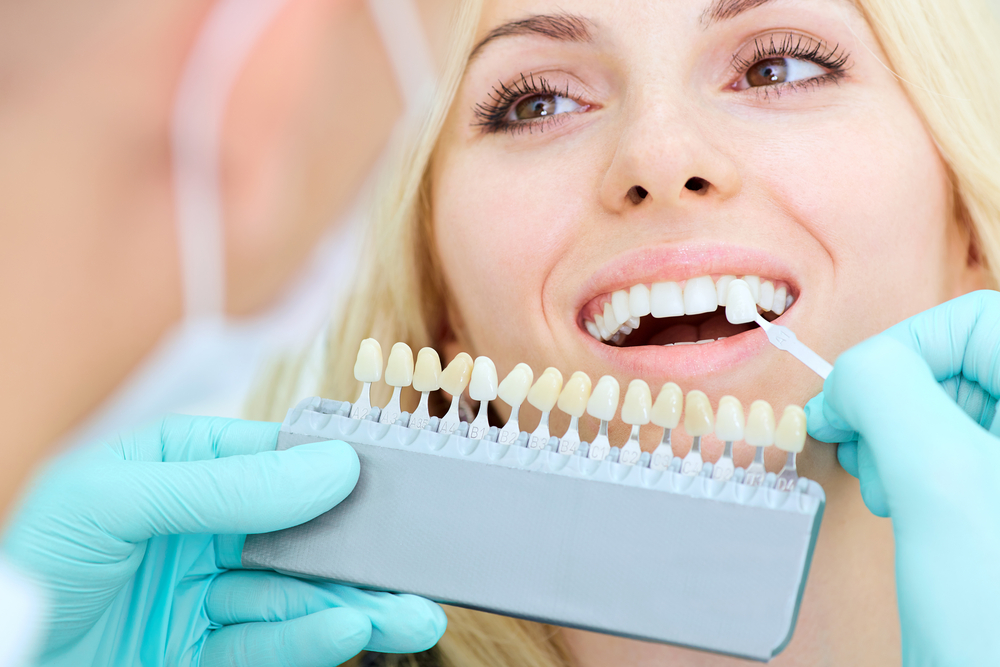In-Depth Exploration of Dental Implant Techniques: A Complete Guide
This comprehensive article explores various dental implant techniques, including single-tooth replacements, multiple implants, full-mouth reconstructions, sinus lifts, and jawbone augmentation. It highlights procedural details, benefits, and advancements in implantology, providing valuable insights for patients and practitioners seeking effective dental restoration solutions to improve oral health, functionality, and aesthetics.

In-Depth Exploration of Dental Implant Techniques: A Complete Guide
Dental implants have revolutionized the field of restorative dentistry, offering a reliable and long-lasting solution for individuals suffering from missing teeth. Whether due to trauma, periodontal disease, or other dental issues, dental implants provide a way to restore both function and aesthetics seamlessly. This comprehensive guide delves into the various dental implant procedures, their suitability, and advancements that make modern implantology an effective choice for millions worldwide.
With a detailed understanding of six key implant techniques, patients and practitioners can make informed decisions tailored to specific dental conditions and needs. From single-tooth replacements to complex full-mouth reconstructions, this article explores each procedure's nuances, benefits, and procedural steps.
Single Tooth Replacement
Replacing a single missing tooth is among the most common dental implant procedures. This process involves inserting a titanium or zirconia post directly into the jawbone, which acts as a synthetic root. After the osseointegration phase—where the implant fuses with the bone—an abutment is attached, followed by a custom-made crown that matches the surrounding teeth in shape and color. This method not only restores the appearance of a natural tooth but also maintains jawbone integrity, preventing deterioration that typically accompanies tooth loss.
Temporary Restoration During Healing
While the implant bonds with the jawbone, patients may receive temporary solutions to restore aesthetics and function. Micro-bridges and temporary implants act as placeholders, allowing patients to maintain their smile and oral functionality. Once the implant has fully integrated with the bone—generally after several months—the temporary fixtures are removed, and permanent restorations are installed, providing a durable and natural-looking result.
Multiple Tooth Implants
This approach is ideal for patients missing multiple teeth or those who require extensive dental rehabilitation. Instead of conventional methods like bridges or dentures, multiple implants serve as sturdy anchors for prosthetic teeth, offering improved stability and functionality. The procedure involves placing several implants across the jawbone, which then support a fixed or removable prosthesis. This technique preserves jawbone volume better than traditional dentures and provides a more natural feel and appearance for the patient.
Full Mouth Reconstruction
When a patient has lost all teeth, full mouth reconstruction using implant-supported prostheses becomes essential. This comprehensive approach involves replacing an entire set of teeth—upper, lower, or both—with a combination of implants and fixed prosthetic appliances. Modern digital planning and surgical techniques allow for precise placement of implants, resulting in optimal function, comfort, and aesthetics. Many patients benefit from using full-arch implant bridges or dentures anchored onto multiple implants, significantly improving quality of life.
Sinus Lift Procedure
Often necessary when placing implants in the upper jaw—especially in the molar region—this surgical technique elevates the maxillary sinus floor to create sufficient bone volume for implant stability. The sinus lift involves creating a small window in the sinus membrane, lifting it, and filling the space with bone graft material. This procedure enhances the density and height of the posterior maxilla, enabling successful implant integration. It is crucial in cases where original bone height or quality is inadequate, ensuring the longevity and success of implants.
Jawbone Augmentation
In instances where the jawbone has experienced resorption or is inherently weak, bone grafting or augmentation techniques are employed to rebuild the bone structure. Various grafting materials—such as auto-, allo-, or xenografts—are used depending on the patient's needs. These procedures provide a solid foundation for implant placement, reducing the risk of complications and ensuring the stability of the prosthetic teeth. Advanced techniques like guided bone regeneration (GBR) and ridge expansion also improve bone volume and contour, facilitating successful implantation.
In conclusion, dental implant technology continues to evolve, offering clinicians innovative options for complex restorations. From simple single-tooth replacement to comprehensive reconstruction, understanding these techniques enables better treatment planning and improved patient outcomes. Whether you're a dental professional or a patient considering implant therapy, staying informed about these procedures is essential for achieving the best possible results in oral health and aesthetics.





